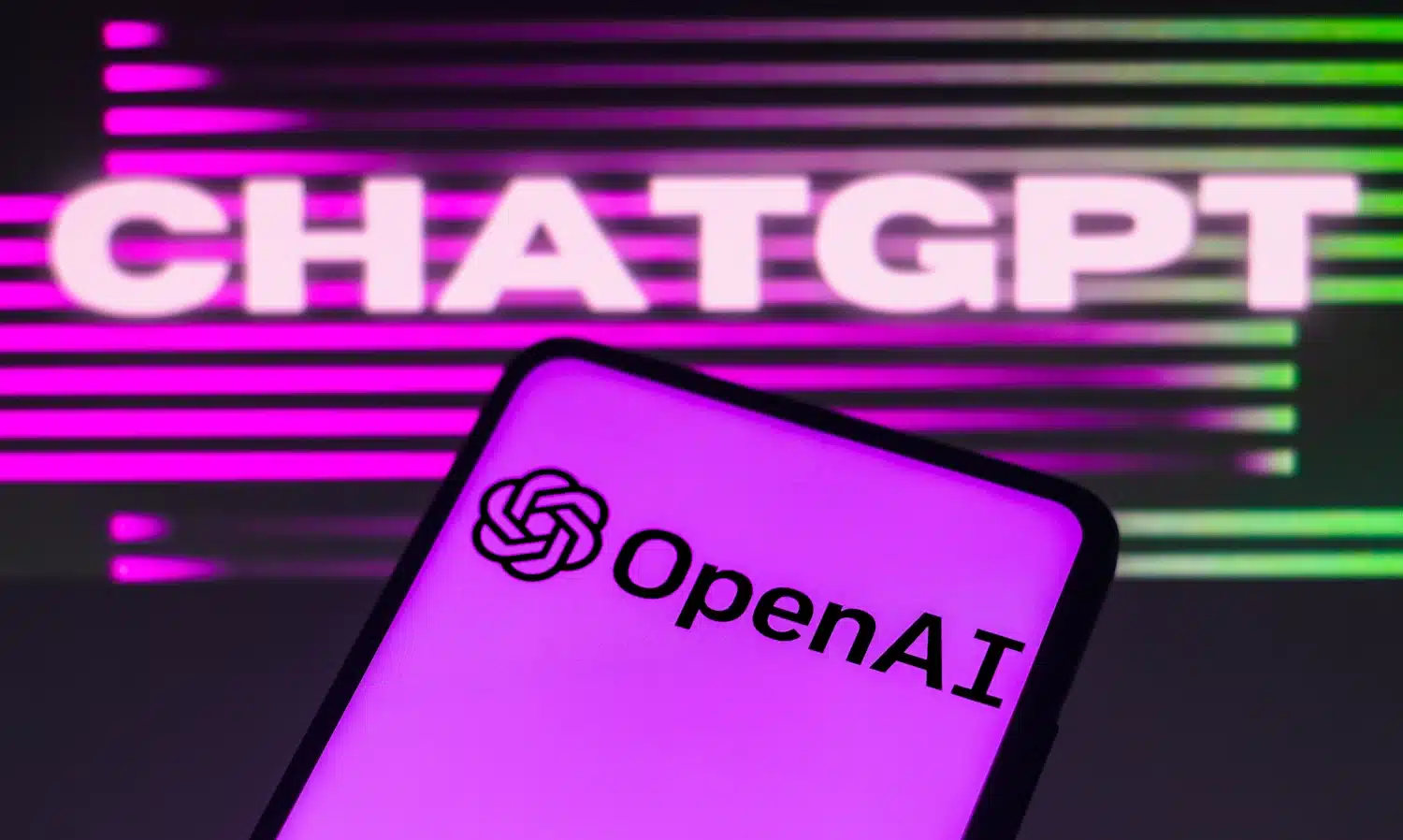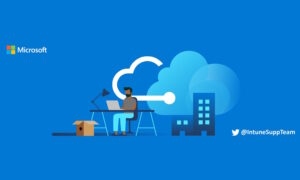
Apple and Google pull binary trading apps from their stores after financial scams
A recent investigation by The Independent uncovered a financial scam that was placing thousands of people at risk. An increasing number of binary trading options have proved to be fraudulent, and in the UK they fall outside the control of financial regulators.
Binary option scams have been described as "possibly the biggest financial scam in the world," and Apple and Google have cleared hundreds of trading apps from the App Store and Google Play after a review by the Australian Securities & Investments Commission (ASIC).
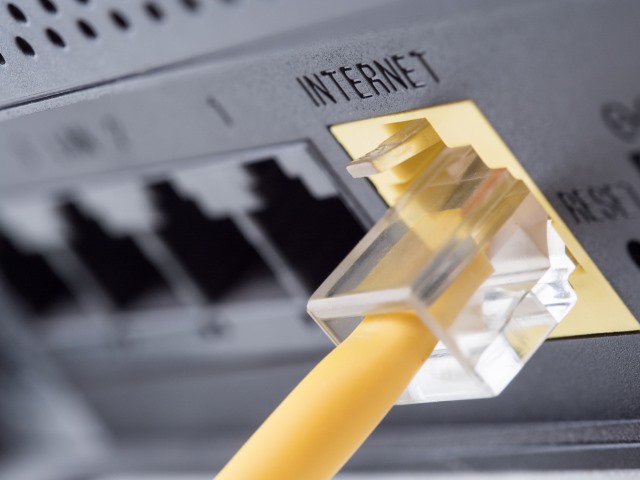
UK MPs want a minimum 10 Mbps standard for broadband
The UK government has been urged to take urgent action against poor broadband speeds across the UK in a new report by a cross-party group of MPs.
Millions of users across the UK are still not getting the minimum standard of internet connectivity needed to enjoy the benefits of modern networks, according to the Broadbad 2.0 report, which has been signed by 57 MPs from all of the three main parties.
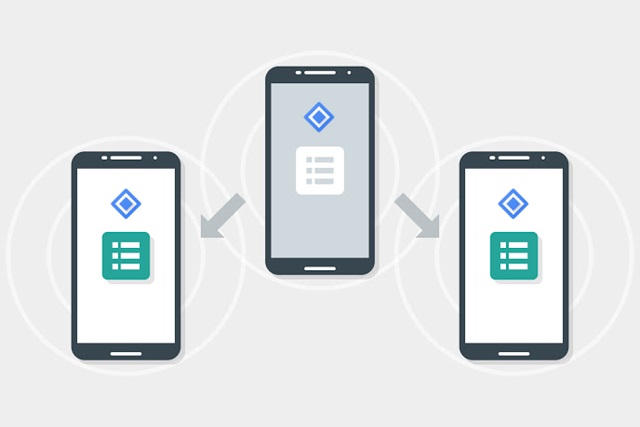
Google announces Nearby Connections 2.0 complete with offline communication
The second iteration of Nearby Connections -- called, funnily enough, Nearby Connections 2.0 -- is upon us. Google has released the API to Android developers, giving them access to greater bandwidth, reduced latency, and -- most excitingly -- offline functionality.
Working over Bluetooth and Wi-Fi, Nearby Connections 2.0 makes it possible for devices to communicate with each other without the need for an internet connection. The API is supported by Android devices running Google Play services 11.0 and above, and it is essentially a peer-to-peer system that works much like a next-generation version of NFC.
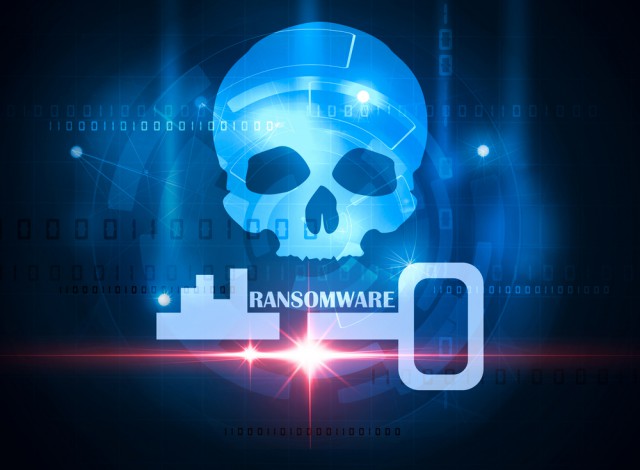
NotPetya isn't your typical ransomware
Ransomware is often considered a somewhat low-stakes annoyance: in most cases, the data itself doesn’t leave the network and public operations aren’t compromised. NotPetya changed the game -- it’s shown us the potential of how wildly damaging ransomware infections can be from here on out. It can feel like science fiction at times, but is now utterly reasonable to consider any data or device with a CPU and memory on your network as something that can be held hostage by ransomware.
Ransomware has proven to be a lucrative endeavor: more and more central and important systems are being targeted. Cryptolocker targeted family photos. Later variants somewhat indiscriminately encrypted any user file they had access to -- and last month, we saw NotPetya locking out machines entirely.

1Password updates Windows edition with One-Time Password clipboard support
A password manager should be an essential tool. Unless you’re prepared to use the same password across many sites (which is a huge security hazard) or have a memory like Einstein, trying to remember all your passwords is nearly impossible.
One solution would be to write your passwords on paper, which you keep at home. We know people that do this and there’s nothing wrong with a hard copy, provided it's kept super-safe. Problem is, if you need to access a website when you holiday or on the road, you don’t have your passwords to hand.

Businesses don't know how to protect against DDoS attacks
A distributed denial of service or DDoS is a method used to deny access for legitimate users of an online service. This service could be an e-commerce website, a bank, a SaaS application, or any other type of network service. Some attacks even target VoIP infrastructure.
DDoS attacks are becoming threatening to every type of business. Whether, ecommerce or other online business, none of the firms are safe these days. The situation turned grave especially since 2010 onwards. Hundreds of businesses, both small and large, have lost millions of dollars because of the DDoS attacks.

HBO hack leads to Game of Thrones leak
HBO is the latest company to suffer a hack and subsequent leak of shows. Hackers are said to have breached the network's security and gained access to 1.5TB of data including Game of Thrones scripts and unaired episodes of shows.
Episodes of Ballers and Room 104 have been leaked online, but it is the release of what appears to the script to next week's Game of Thrones that's drawing the most attention.

Apple can start 5G trials
Apple is getting a jump start on testing 5G mobile networks following a new ruling in the USA.
DSLReports claims that the iPhone maker has been granted an experimental license to begin work on the next-generation networks by the Federal Communications Commission watchdog

Minecraft's 'Better Together' Beta lets you play with friends across Windows 10 and Android devices
Minecraft fans can play the Microsoft-owned game on a variety of platforms, including PC, Android, iOS, and console.
It’s great fun as it is, but things are about to get even better, as from today Microsoft releases a beta that will let you play the game with friends across different devices.

Microsoft kills Word Flow keyboard app, tells iOS users to install SwiftKey
Microsoft Garage is the place where many cool little projects take off. Word Flow, the iOS version of the keyboard that ships with Windows on smartphones, is among the more popular experiments, receiving positive reviews since its launch, more than a year ago.
But, like with other Microsoft Garage endeavors, that is not always enough to keep it alive. The software giant has pulled Word Flow from the App Store, telling users to give its other, better-known keyboard a try.

Cyber criminals target mortgage transactions as they phish for a big catch
Buying a house is the biggest purchase most people make, with large amounts of money involved it’s not surprising that these transactions are attractive to cyber criminals.
Security specialist Barracuda Networks has released an analysis of a recent mortgage spear phishing attempt where an attacker attempted to divert a payment.

AUKEY EP-B40 Latitude Wireless Earbuds: earphones for people who hate earphones [Review]
Let's get one thing out of the way: I hate earphones. I always have. This is not an irrational hatred, I've always liked the idea of in-ear buds -- I've just never been able to use them. The problem, it seems, lies with my right ear. To my knowledge it is a perfectly normally-formed ear, but it is singularly incompatible with earphones -- while the left will grip the bud nicely, the right vomits it out in next to no time.
So, I have long shied away from earphones, opting instead for either fully enclosed headphones, or the clip-on variety. At least that was the case until I tried the AUKEY EP-B40 Latitude Wireless Earbuds. While certainly not from a big name in the world of audio technology, they get off to a great start by featuring ear hooks that succeed in keeping the damned things in my ears -- win!
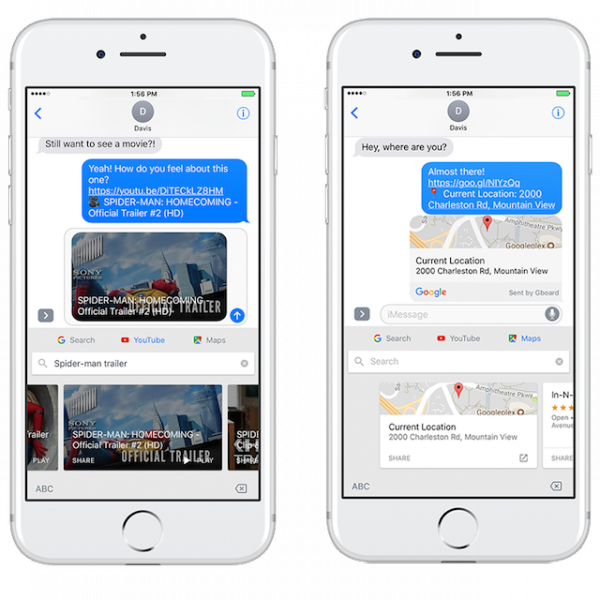
Google improves Gboard keyboard for iPhone with YouTube and Maps support
When Apple added support for third-party keyboards on iOS, many users were excited. To be honest, I was not, however. While I appreciate having the choice, I much prefer privacy. You see, when you add a third-party keyboard, the developer can potentially intercept your keystrokes. If you are OK with that, more power to you. Me? I'll stick to the stock variant, thank you very much.
But OK, let's say you don't like Apple's keyboard and trust Google with your entries. If that is the case, the search giant's Gboard is a very impressive offering. It is more than just a keyboard, as it adds the ability to easily insert things like gifs, plus do Google searches. It even offers swipe-style typing, meaning you can glide from letter to letter rather than peck. Today, Gboard gets even better thanks to new Maps and YouTube functionality. Google has also added support for drawing, plus three additional languages -- Arabic, Farsi, and Hebrew.

Don't buy Android if you care about mobile photography, says former Google SVP
Flagships like the Apple iPhone 7 Plus, Google Pixel and Samsung Galaxy S8 all have such great cameras that it can be really hard to definitively say which one is the best option for mobile photographers. Reviews, comparisons and blind tests all point to different winners, but, more often that not, you will usually find an Android smartphone at the top.
Vic Gundotra, who lead Google's mobile efforts for a couple of years, helped create Google+ and is an avid photographer, has a rather different opinion, claiming that Android is actually "a few years behind" the iPhone for mobile photography, and that, if you really care about photography, you should get an iPhone 7 Plus.
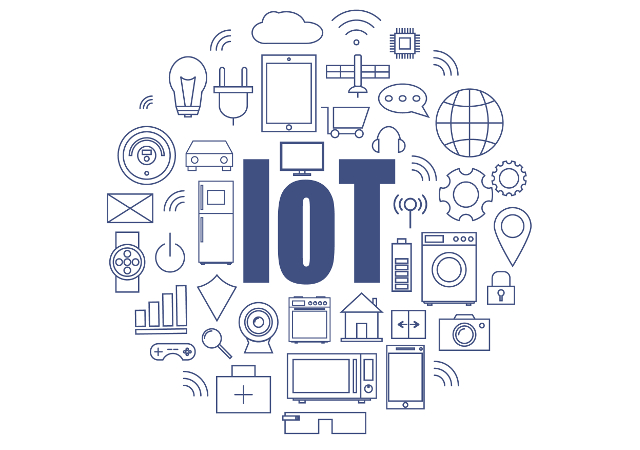
Samsung launches new platform to monetize IoT data
The IoT can represent a cultural shift for hardware makers as they move from just selling hardware to providing a connected digital experience.
But supplying applications and supporting an ecosystem of third-party devices, apps and services has a cost which either needs to be absorbed or factored into the price of the product. Samsung is addressing this problem with the launch of its ARTIK Cloud Monetization, a new service to monetize the data shared by IoT devices and enable an IoT data economy.

